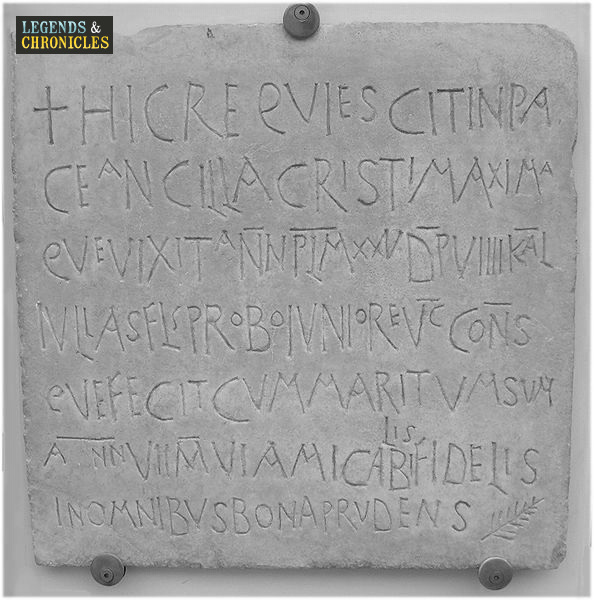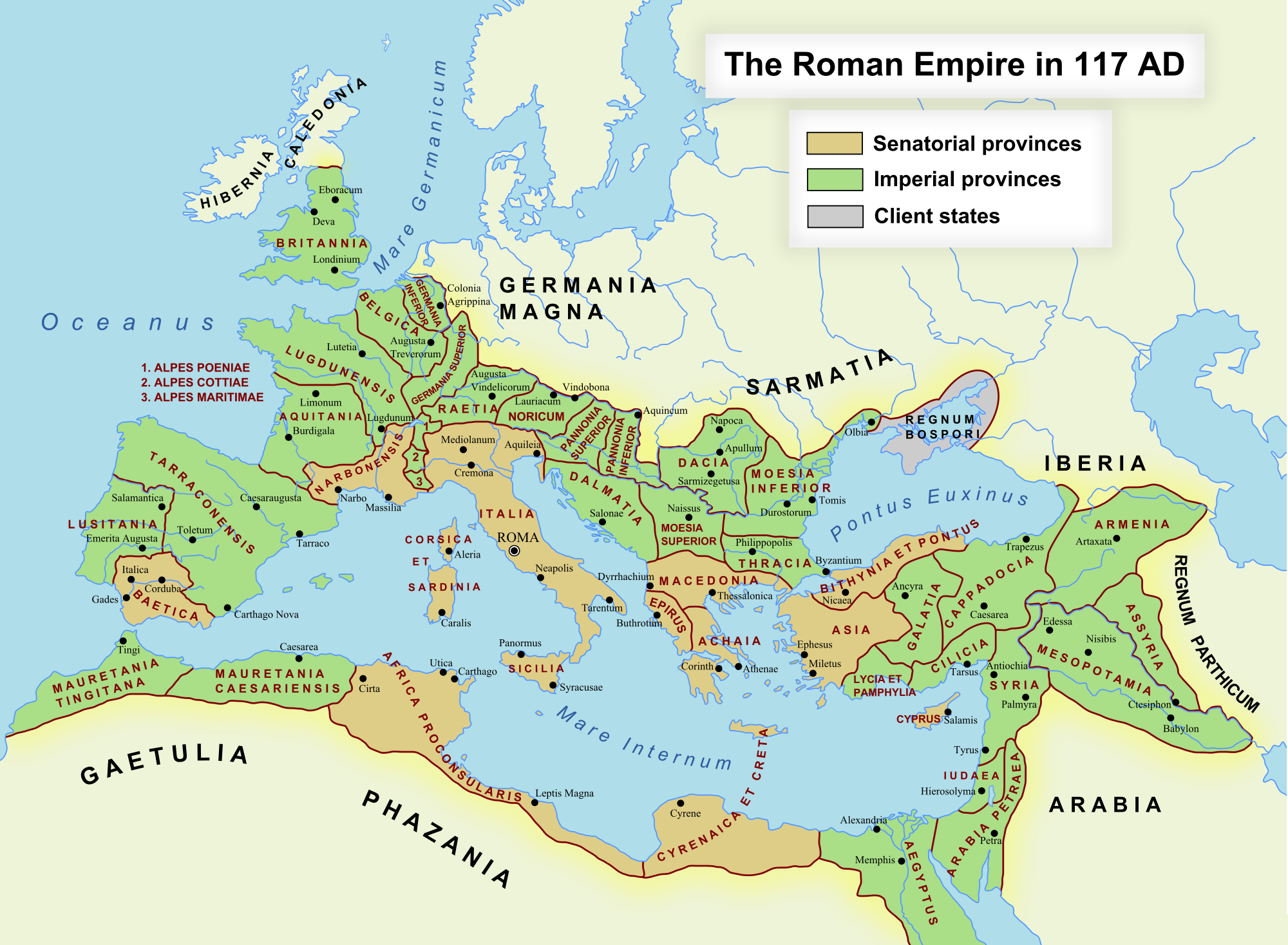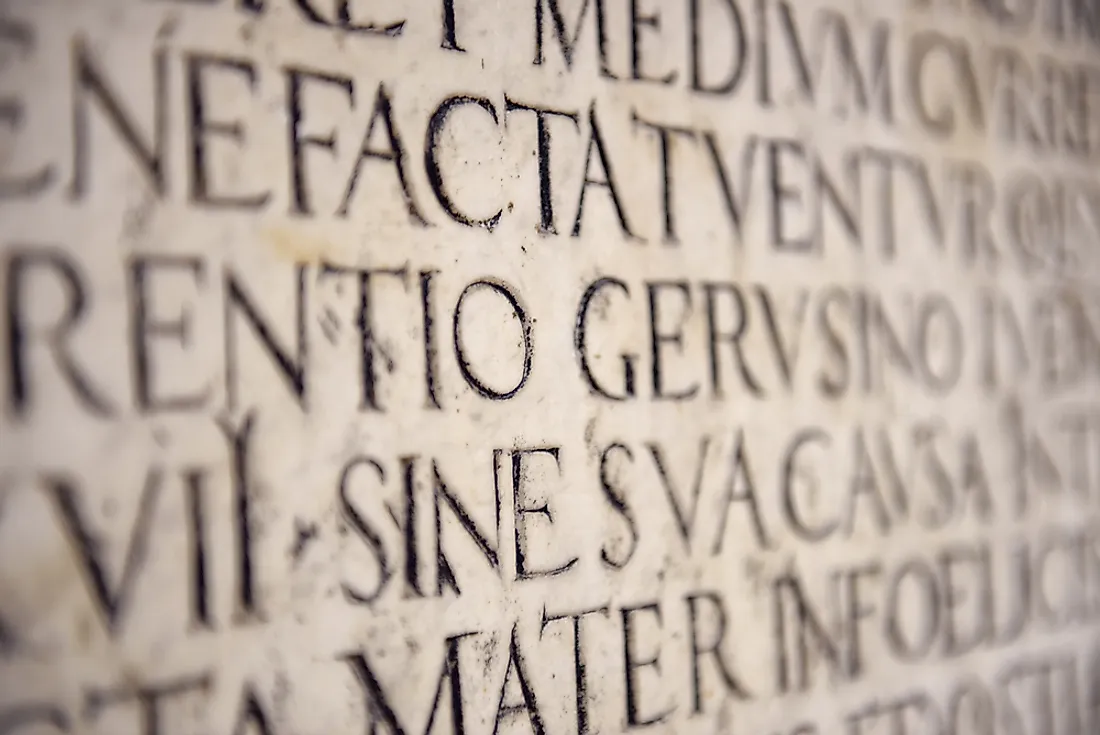Ancient roman language
Table of Contents
Table of Contents
The Western Roman Empire was one of the most influential empires in the world. It covered vast territories, and its impact can still be felt in modern times. One of the most interesting aspects of the Western Roman Empire is its language, which evolved over time and was a reflection of the culture and society of the people who lived there. Let’s explore what was the language of the Western Roman Empire.
Pain Points
As a language spoken in one of the biggest empires in history, the language of the Western Roman Empire is a reflection of the geography, the society and the culture of a vast number of people. The complexity and the evolution of the language are a challenge to understand, especially for modern-day speakers who might have a hard time relating to the Latin language. It can be a frustrating experience to learn such a different language, but it also opens up the possibilities of understanding the rich history of the Western Roman Empire and the impact it had on Western civilization.
The Language of the Western Roman Empire
The Latin language dominated the Western Roman Empire and was used as the official language for documents, letters, religious works, and literature. It was also used widely in trade, government, and military activities. People of different social classes and regions would have spoken different dialects, but the standard Latin language was used for formal occasions. There was a gradual transformation of the Latin language and vocabulary, with the influence of Greek, Sanskrit, and other languages, but the Latin language remained the standard for centuries.
Main Points
The Latin language dominated the Western Roman Empire and was used for official documents, literature, religious works, and trade. The language evolved over time, reflecting the changing culture and society of the people who spoke it. Despite the influence of other languages, Latin remained the standard for centuries. Understanding the language is crucial to understanding the history and impact of the Western Roman Empire on Western civilization.
Target: Modern Day Language Learners
Learning Latin can be a daunting task, but it can be a rewarding experience. Growing up in Europe or studying Classics in college, one of the first and most frustrating aspects of Latin is its lack of pronunciation. It is often difficult to get a sense of what the language really sounds like. But as you dive deeper into the language, you start to understand its complexity and how it is connected to the culture and history of the Western Roman Empire. Learning Latin can open doors to a whole new perspective on the ancient world.
Target: History Enthusiasts
The Western Roman Empire is a fascinating time in history, and the language is a significant aspect of that history. Latin was used by scholars, writers, and politicians throughout Europe for centuries, and its impact can still be felt today. Understanding the evolution and influence of the Latin language can give us a deeper understanding of the culture, society, and politics of ancient Rome. It can help us see the connections between the past and the present and appreciate the legacy of the Western Roman Empire.
The Evolution of Latin
The Latin language evolved over time and was used by different social classes and regions. It was heavily influenced by Greek, Sanskrit, and other languages, reflecting the cultural exchange of the time. The Roman Empire also played a significant role in spreading Latin beyond its borders, and it became the dominant language in Western Europe for many centuries. As Latin evolved, new dialects emerged, such as Old Latin, Classical Latin, and Late Latin. The language also changed as it was adapted for different purposes, such as trade, military activities, and religious works.
The Importance of Understanding Latin
As Latin spread throughout the Western Roman Empire, it became a common language for communication and for recording important documents and texts. It was the language of literature, poetry, and philosophy, and it had an impact on European languages for centuries. For example, many English words today have Latin roots, such as “et cetera,” “dictator,” and “caput.” Understanding Latin can also help us understand the legacy of the Western Roman Empire and how it shaped Western civilization. It is a critical aspect of the study of Classics and European history and culture.
Question and Answer
Q: Was Latin the only language spoken in the Western Roman Empire?
A: No. People of different social classes and regions would have spoken different dialects, but Latin was the official language used for formal occasions, documents, and literature.
Q: How did Latin evolve over time?
A: Latin was heavily influenced by Greek, Sanskrit, and other languages, reflecting the cultural exchange of the time. Latin also changed as it was adapted for different purposes, such as trade and religious works.
Q: Why is understanding Latin important?
A: Latin was the dominant language of Western Europe for many centuries and had an impact on European languages. Understanding Latin is crucial to understanding the history and legacy of the Western Roman Empire and its impact on Western civilization.
Q: What are some English words that have Latin roots?
A: Many English words have Latin roots, such as “et cetera,” “dictator,” and “caput.”
Conclusion of What Was The Language Of The Western Roman Empire
The Latin language was the dominant language of the Western Roman Empire, used for official documents, literature, and religious works. Latin evolved over time and was influenced by other languages, reflecting the cultural exchange of the time. Despite the influence of other languages, Latin remained the standard for centuries and had an impact on European languages. Understanding Latin is crucial to understanding the legacy of the Western Roman Empire and its impact on Western civilization.
Gallery
History Of The Written Word Timeline | Timetoast Timelines

Photo Credit by: bing.com / roman empire latin written word language alphabet history system timetoast europe root turned during into time
Ancient Roman Language | Ancient Latin In Rome

Photo Credit by: bing.com /
Mapping The Languages Of The Roman Empire » Peter Kirby

Photo Credit by: bing.com / roman empire languages map century maps language first wall mapping ancient routledge ce italy mid time christianity choose board domain
Mapping The Languages Of The Roman Empire – Peter Kirby

Photo Credit by: bing.com / trajan mapping reign
“The Language Of The Roman Empire” In History Today In 2021 | Ancient

Photo Credit by: bing.com / pompeii stela vibius inscription magistrate oscan






